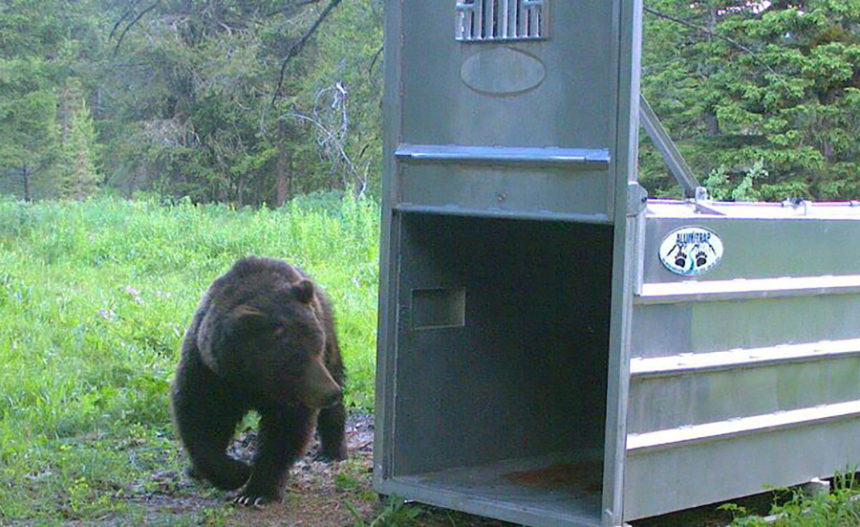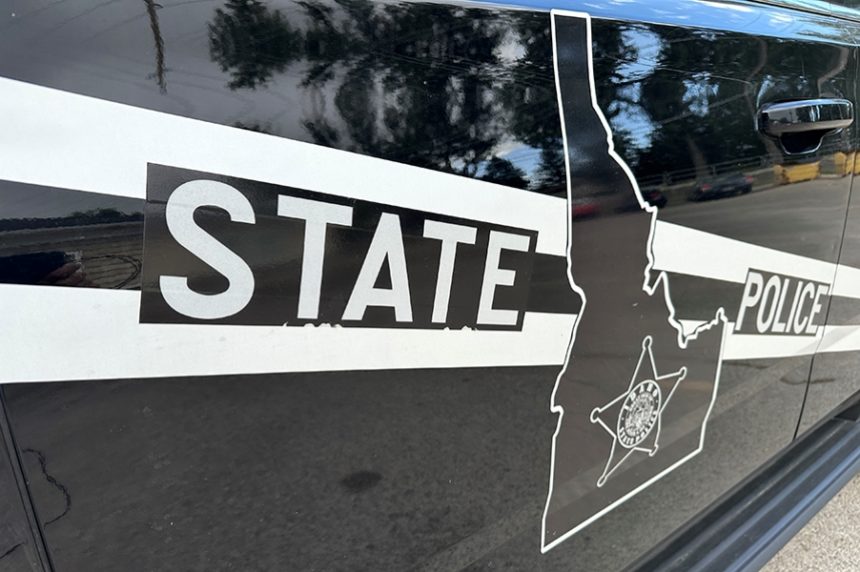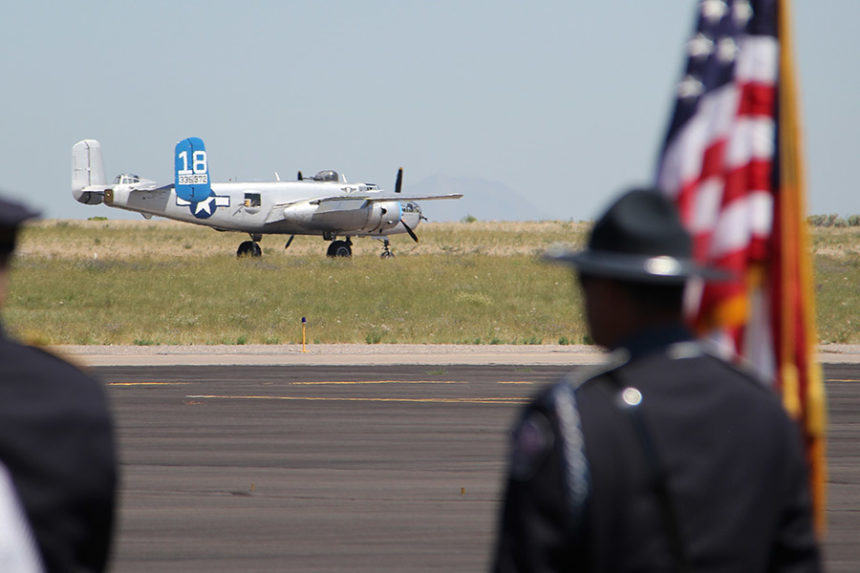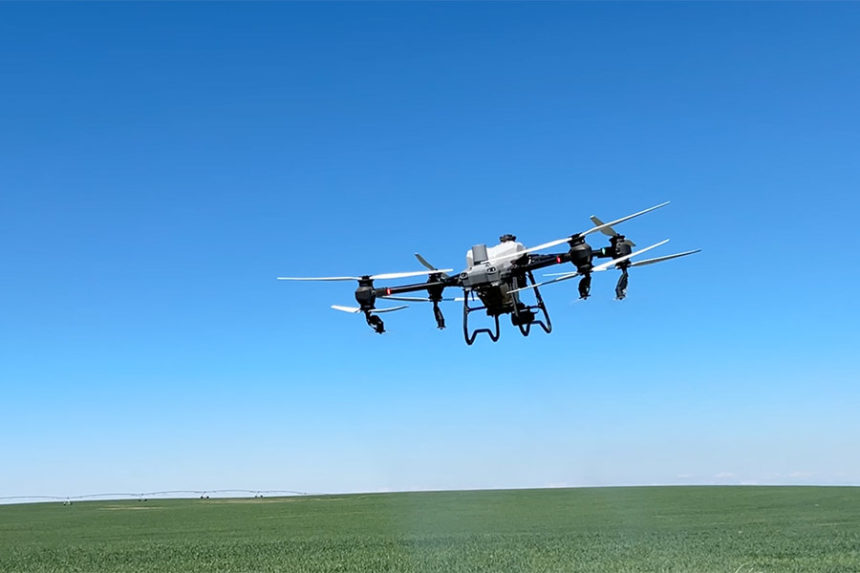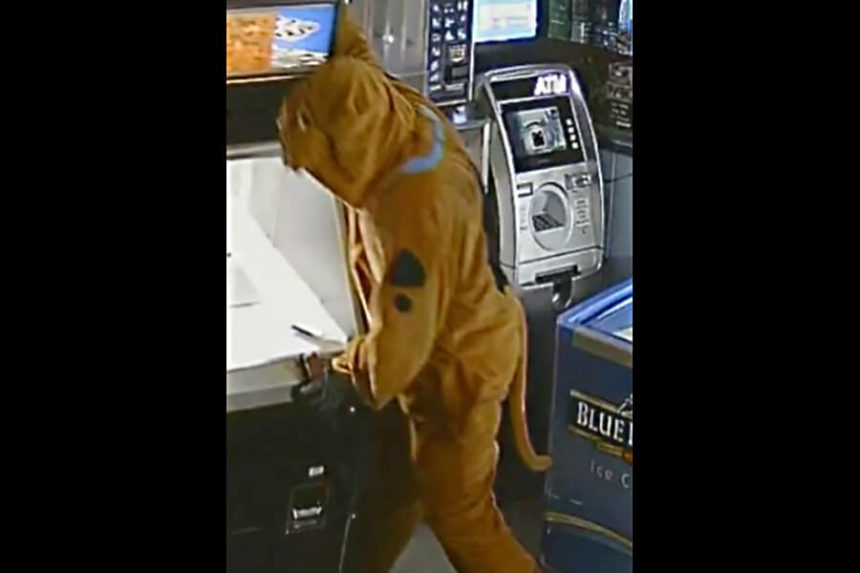The news release from Idaho Fish and Game is as follows.
On July 2, an approximately 4-year-old male grizzly bear was moved by the Idaho Department of Fish and Game (IDFG) following consultation with the USFWS.
Wildlife Services started trapping close to Coyote Meadows, where grizzly bears have been known to prey on cattle during the past week. While visiting the kill scene on the evening of July 1, a juvenile grizzly bear was apprehended. The bear was not identified as the target bear because its traces were smaller than those of other bears previously discovered in the region. It was decided to move this bear because there was no concrete proof linking it to any depredation.
The young male grizzly was immobilized, given a health and body condition evaluation, equipped with a GPS collar, and moved to a remote location in the Fish Creek drainage on Forest Service property about 12 miles from the City of Island Park in collaboration with the USFWS and the Caribou-Targhee National Forest.
Wildlife scientists employ relocation as a management strategy to reduce human-grizzly bear conflicts, albeit it isn’t always feasible. The bear’s age, sex, and the nature of the fight it was involved in are taken into account when selecting relocation locations, along with the bear’s proximity to human activity. Few appropriate relocation locations are available due to the impossibility to transport bears over state lines and the small size of Idaho’s grizzly bear recovery zone within the Greater Yellowstone Ecosystem.
State and federal laws and regulations govern the relocation of grizzly bears, which are protected by the federal government. Every time a grizzly bear is moved, IDFG is obligated to notify the public and will keep an eye on the animal’s whereabouts and activities. To reduce the likelihood of future disputes and increase the chances of survival for the relocated grizzly bear, IDFG confers with the relevant agencies prior to any relocation.
